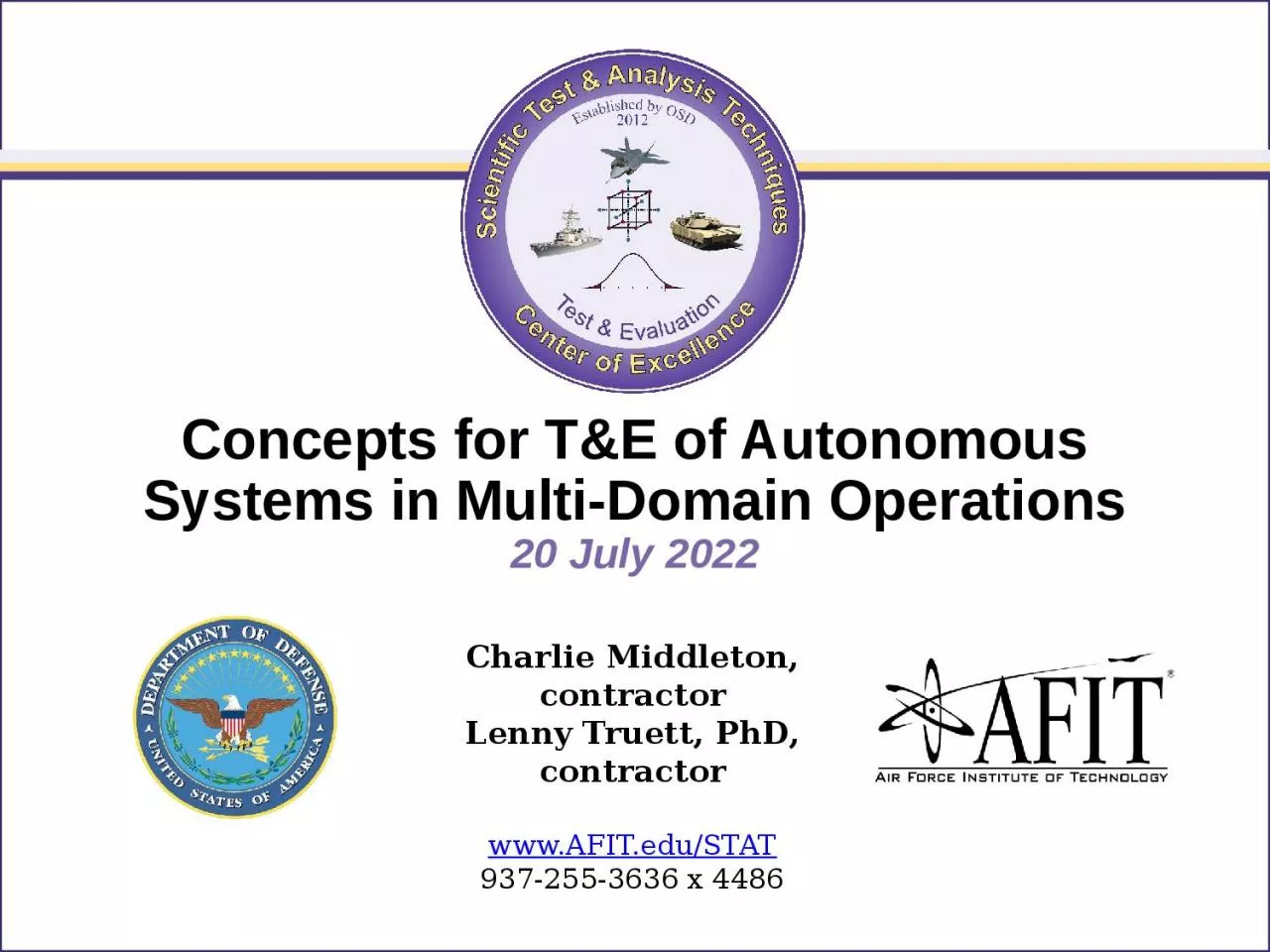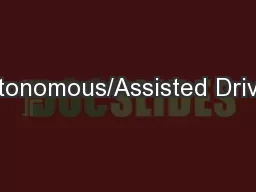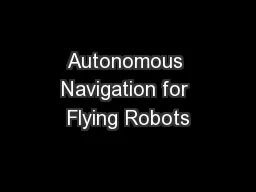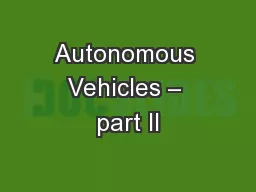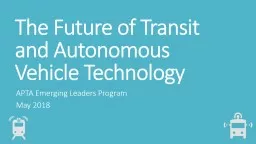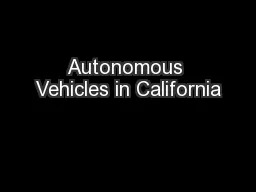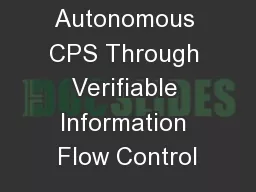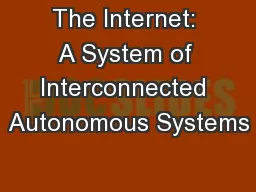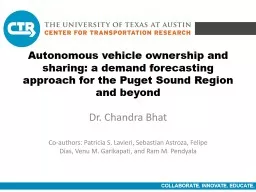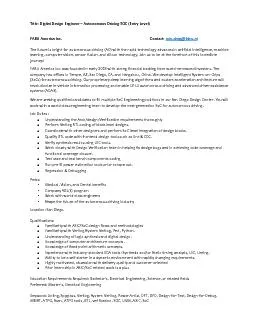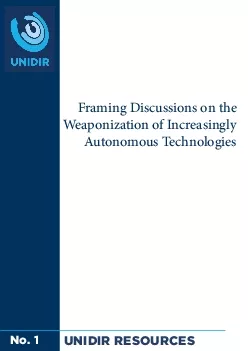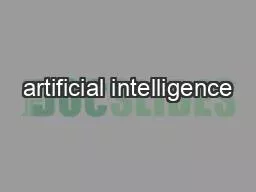PPT-Concepts for T&E of Autonomous Systems in Multi-Domain Operations
Author : priscilla | Published Date : 2024-03-13
20 July 2022 Charlie Middleton contractor Lenny Truett PhD contractor wwwAFITeduSTAT 9372553636 x 4486 Overview Motivation and Introduction to Autonomy TampE Potential
Presentation Embed Code
Download Presentation
Download Presentation The PPT/PDF document "Concepts for T&E of Autonomous Syste..." is the property of its rightful owner. Permission is granted to download and print the materials on this website for personal, non-commercial use only, and to display it on your personal computer provided you do not modify the materials and that you retain all copyright notices contained in the materials. By downloading content from our website, you accept the terms of this agreement.
Concepts for T&E of Autonomous Systems in Multi-Domain Operations: Transcript
Download Rules Of Document
"Concepts for T&E of Autonomous Systems in Multi-Domain Operations"The content belongs to its owner. You may download and print it for personal use, without modification, and keep all copyright notices. By downloading, you agree to these terms.
Related Documents

